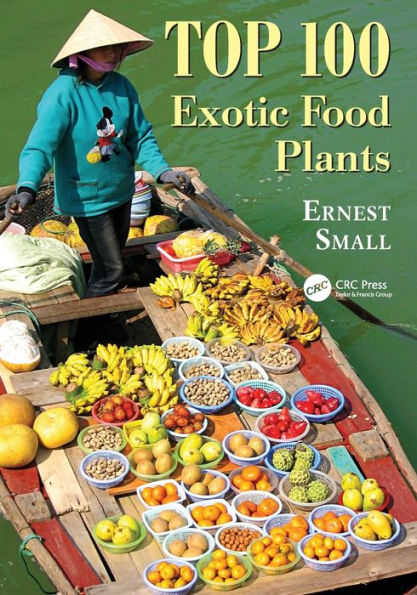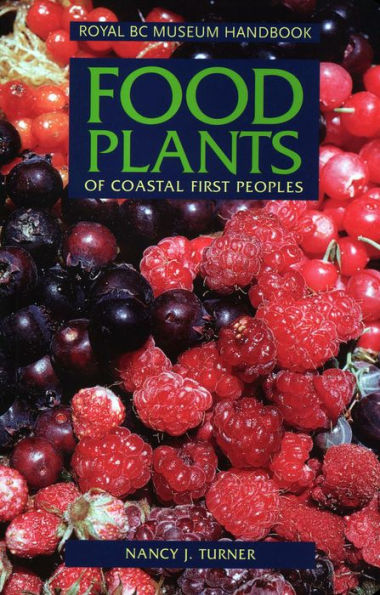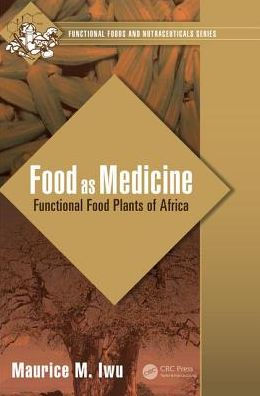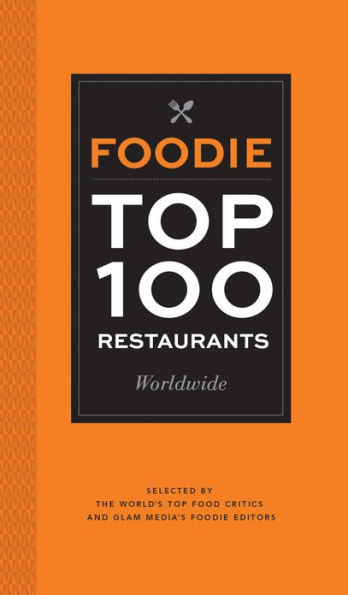Home
Top 100 Exotic Food Plants
Barnes and Noble
Top 100 Exotic Food Plants
Current price: $250.00


Barnes and Noble
Top 100 Exotic Food Plants
Current price: $250.00
Size: Hardcover
Loading Inventory...
*Product information may vary - to confirm product availability, pricing, shipping and return information please contact Barnes and Noble
Many edible plants considered exotic in the Western world are actually quite mainstream in other cultures. While some of these plants are only encountered in ethnic food markets or during travels to foreign lands, many are now finding their way onto supermarket shelves.
Top 100 Exotic Food Plants
provides comprehensive coverage of tropical and semitropical food plants, reviewing scientific and technological information as well as their culinary uses.
Wide-ranging in scope, this volume’s coverage includes plants that produce fruits, vegetables, spices, culinary herbs, nuts, and extracts. A user-friendly format enables readers to easily locate information on botanical and agricultural aspects, economic and social importance, food uses, storage, preparation, and potential toxicity. The book also contains an introductory chapter that reviews important historical, economic, geopolitical, health, environmental, and ethical considerations associated with exotic food plants. Thoroughly referenced with more than 2000 literature citations, this book is enhanced by more than 200 drawings, many chosen from historical art of extraordinary quality.
This timely volume also highlights previously obscure edible plants that have recently become prominent as a result of sensationalistic media reports stemming from their inherently entertaining or socially controversial natures. Some of these plants include the acai berry, kava, hemp, and opium poppy. A scholarly yet accessible presentation, the book is filled with numerous memorable, fascinating, and humorous facts, making it an entertaining and stimulating read that will appeal to a broad audience.
Top 100 Exotic Food Plants
provides comprehensive coverage of tropical and semitropical food plants, reviewing scientific and technological information as well as their culinary uses.
Wide-ranging in scope, this volume’s coverage includes plants that produce fruits, vegetables, spices, culinary herbs, nuts, and extracts. A user-friendly format enables readers to easily locate information on botanical and agricultural aspects, economic and social importance, food uses, storage, preparation, and potential toxicity. The book also contains an introductory chapter that reviews important historical, economic, geopolitical, health, environmental, and ethical considerations associated with exotic food plants. Thoroughly referenced with more than 2000 literature citations, this book is enhanced by more than 200 drawings, many chosen from historical art of extraordinary quality.
This timely volume also highlights previously obscure edible plants that have recently become prominent as a result of sensationalistic media reports stemming from their inherently entertaining or socially controversial natures. Some of these plants include the acai berry, kava, hemp, and opium poppy. A scholarly yet accessible presentation, the book is filled with numerous memorable, fascinating, and humorous facts, making it an entertaining and stimulating read that will appeal to a broad audience.

















